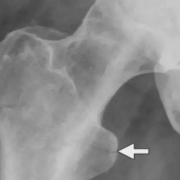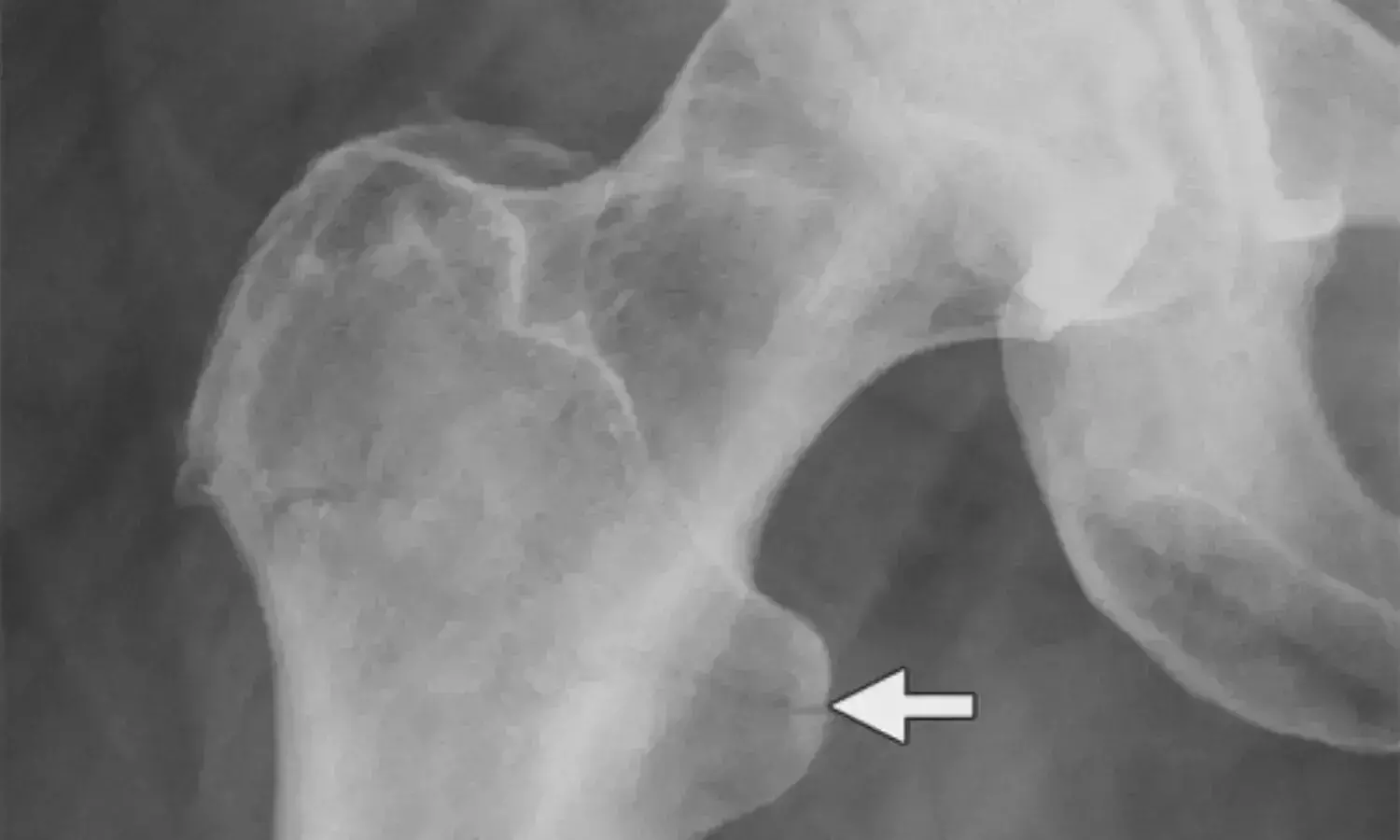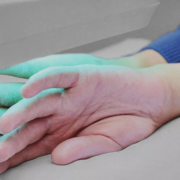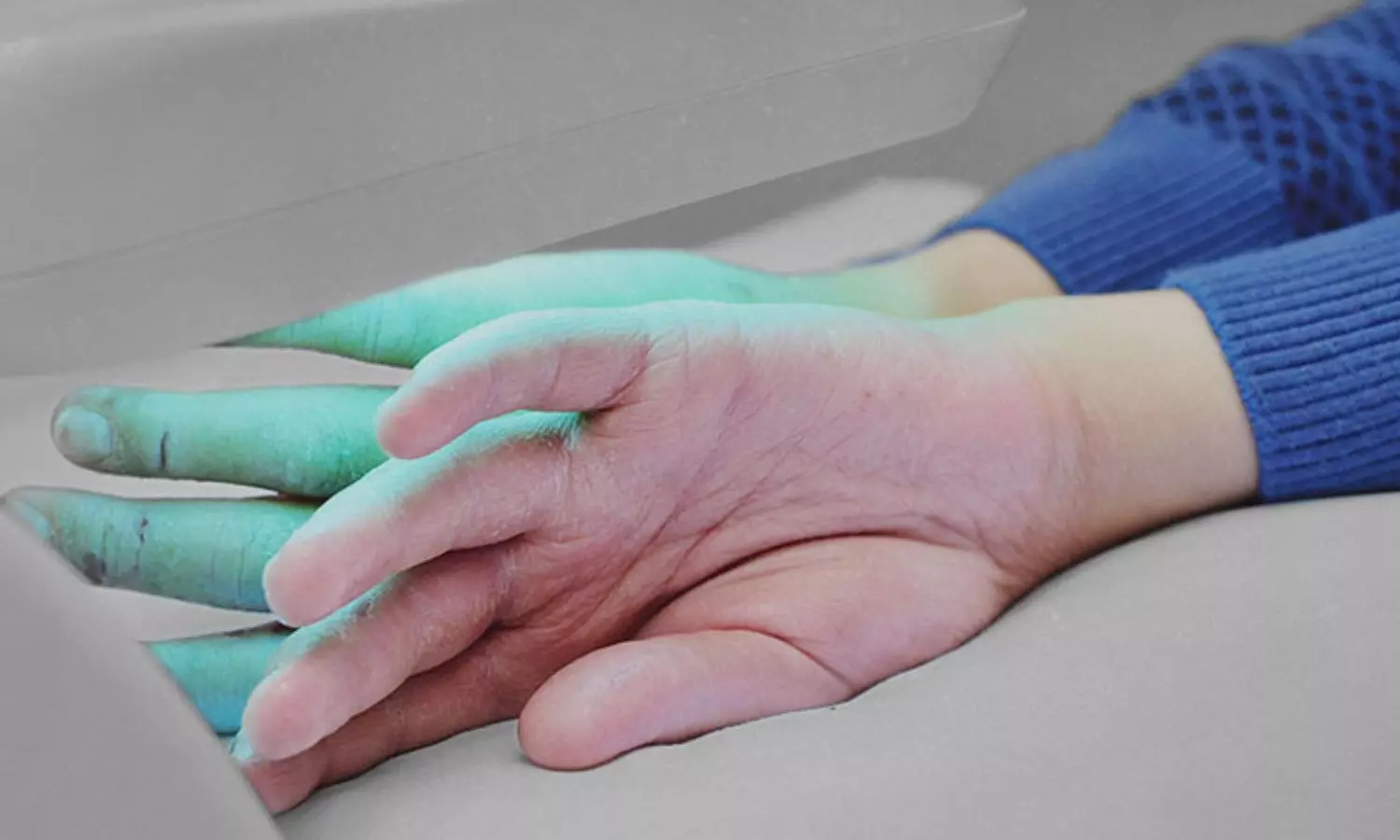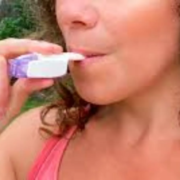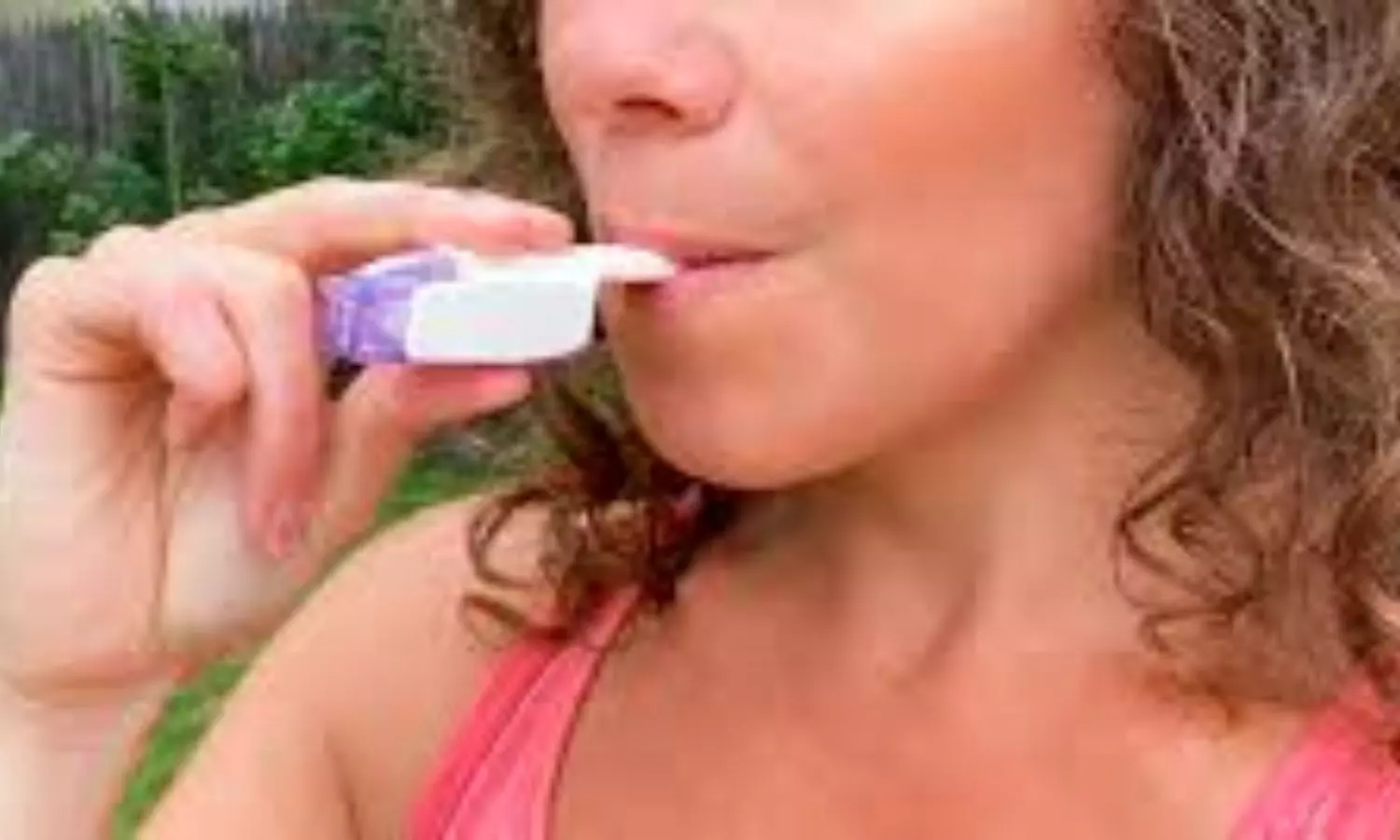Increased hospitalization rate observed in COVID patients with cannabis use, reveals JAMA study

A recent study published in the Journal of American Medical Association raised questions about the potential health risks associated with cannabis use in COVID-19 patients which highlights the complexity of this relationship when other factors are considered. The research determined whether cannabis and tobacco use are linked to adverse health outcomes from COVID-19 that accounts for other known risk factors.
This retrospective cohort study in the Midwest US analyzed electronic health record data from February 1, 2020 to January 31, 2022. The study included a total of 72,501 patients who had COVID-19 during at least one medical visit. The research examined the association between substance use (specifically cannabis and tobacco) and the severity of COVID-19 outcomes such as hospitalization, intensive care unit (ICU) admission and all-cause mortality.
The participants in the study had a mean age of 48.9 years, with 59.7% being female. Among the participants, 13.4% were current smokers, 24.4% were former smokers and 9.7% were current cannabis users. The study also documented current cannabis use and tobacco smoking as reported in medical encounters.
The findings revealed that current tobacco smoking was significantly associated with an increased risk of hospitalization, ICU admission, and all-cause mortality in COVID-19 patients, even after adjusting for various factors such as comorbidities and vaccination status. Also, the odds of hospitalization were 1.72 times higher for current smokers, ICU admission was 1.22 times more likely and the risk of all-cause mortality was 1.37 times greater when compared to non-smokers.
While current cannabis users showed a significantly higher risk of hospitalization and ICU admission, this study did not find a significant association between cannabis use and all-cause mortality. The odds of hospitalization for cannabis users were 1.80 times higher, and the odds of ICU admission were 1.27 times higher, but the odds of all-cause mortality did not increase significantly.
The results of this study suggest that cannabis use might be an independent risk factor for COVID-19 complications, separate from the effects of cigarette smoking and other risk factors such as vaccination status, comorbidities and demographics. Yet, the lack of a significant link between cannabis use and mortality underlines the need for further research to fully understand the implications. Overall, the study illuminates the importance of comprehensive risk assessments that account for various factors, including substance use, to better foresee and manage the health outcomes of COVID-19 patients.
Reference:
Griffith, N. B., Baker, T. B., Heiden, B. T., Smock, N., Pham, G., Chen, J., Yu, J., Reddy, J., Lai, A. M., Hogue, E., Bierut, L. J., & Chen, L.-S. (2024). Cannabis, Tobacco Use, and COVID-19 Outcomes. In JAMA Network Open (Vol. 7, Issue 6, p. e2417977). American Medical Association (AMA). https://doi.org/10.1001/jamanetworkopen.2024.17977
Powered by WPeMatico




